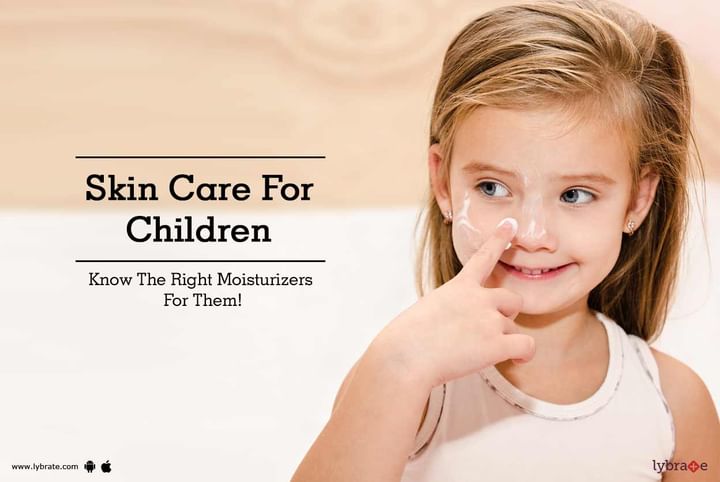Skin Care For Children - Know The Right Moisturizers For Them!
The skin is a multifunctional organ of great importance that promotes, through skin barrier function, mechanical protection, thermoregulation, immune surveillance, and prevents the loss of bodily fluids. Skin is a complex tissue derived from both embryonic mesoderm and ectoderm. The development and growth of human fetal skin is marked by a series of sequential, patterned steps that are tightly controlled and dependent on a variety of interactions of the numerous cell types that compose the organ. It was previously thought that the skin barrier function reached its maturity at about 34 weeks of gestation.
However, recent data show that it continues to develop until 12 months after birth. The skin of the neonate is subjected to a gradual process of adaptation to the extra uterine environment, and special care becomes necessary during this period. The skin is more vulnerable in the pediatric population, especially with regard to the differing sensitivities between adults and children.
Skincare Products For Children-
Due to the characteristics of the skin of newborn babies, infants, and children, cosmetic products intended for their hygiene and protection require special attention in their formulation. Their skin care products should seek to preserve skin integrity, prevent toxicity and to avoid exposure of the skin to harmful chemical agents. These differences and issues in the skin types have inspired people to come up with different skin and hair products for adults and kids in the market.
So here are a few dos and don’ts to keep in mind before buying the skin care products for children.
- Products which are free of artificial fragrances, animal fat, parabens, harmful chemicals, petroleum derivatives, colour additives and alcohol are safe for kids.
- Use fragrance-free bath oil or a mild, gentle non-soap cleanser if required while bathing your infant in warm water every day. Avoid bubble bath as it removes natural oils from the child's skin.
- Avoid antibacterial and perfumed soaps as they may irritate the baby's thin and fragile skin.
- Apply a nappy rash cream - A thick layer of aqueous creams should be applied at every nappy change.
- Use a good quality moisturizer, purchased from a pharmacy, such as aqueous cream immediately after the bath to keep the skin hydrated. Thicker creams and ointments are more effective than lotions. If your baby's skin usually seems dry, a moisturizer may need to be applied two to four times a day. Make sure there are no hidden carcinogens, estrogens or caustic detergents in the moisturizer. If you find it difficult to choose the right moisturizer, prepare a homemade natural skin moisturizer for your toddler.
Always consult a pediatric dermatologist if your child’s skin is easily irritated and is less resistant to bacteria and harmful substances in the environment.



+1.svg)
